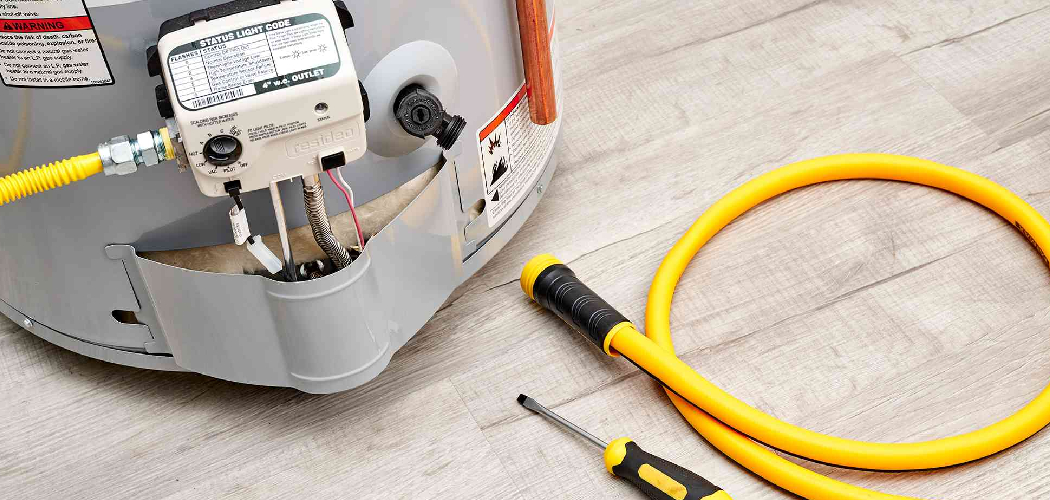Are you considering an upgrade to your water heater? If so, converting a gas water heater to an electric one can be an affordable and efficient way of ensuring hot water access within your home. While making such a switch may seem daunting, with the right advice and guidance, it can be done with minimal effort—so don’t sweat it!
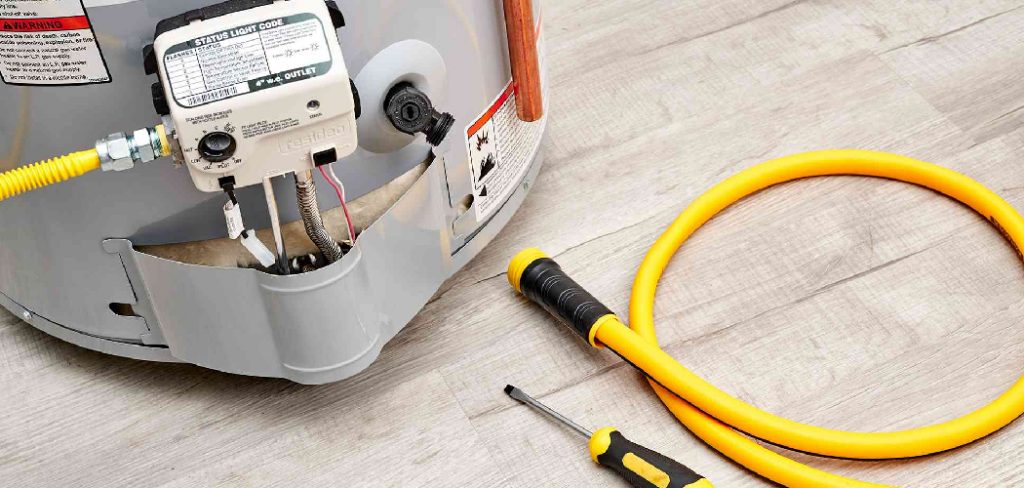
With proper preparation, it is possible for even the most inexperienced DIY-er to successfully switch from a gas water heater to an electric one. In this blog post, we provide step-by-step instructions for how to convert gas water heater to electric in just a few easy steps.
We will explain everything from safety considerations to equipment needs and more, ultimately removing the guesswork from planning this project. Read on for all the information you need to ensure your home’s hot water source meets optimal performance standards.
What Will You Need?
Before beginning the switch from gas to electric, it is important to make sure you have all of the necessary tools and safety equipment. Some of the items you will need for this project include:
- Safety Goggles
- Electrical Tape
- Shut Off Valve
- Electric Wiring Kit
- Electric Water Heater
Once you have all the items on this list, you can move forward with the conversion process.
10 Easy Steps on How to Convert Gas Water Heater to Electric
Step 1. Shut Off the Gas Valve
Start by turning off the gas valve. This is a crucial step for safety so that you do not create any hazardous conditions while performing this project. Remember always to be mindful of how the gas lines are connected, as you will need to make sure they are addressed properly during the electric water heater installation.
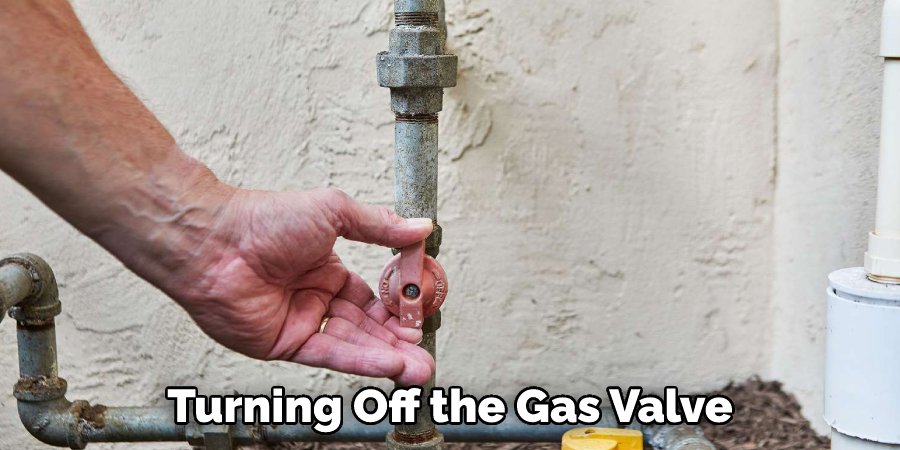
Step 2. Remove Gas Water Heater
Once the gas has been shut off, it’s time to remove your existing gas water heater from its location and drain it out completely. You can do this by connecting a garden hose to the water heater’s drain valve. Don’t forget also to disconnect the gas line.
Step 3. Install Shut Off Valve & Electrical Wiring Kit
Now that the gas water heater is removed, install the new shut-off valve and electrical wiring kit according to manufacturer instructions, taking extra care to ensure all connections are properly sealed with electrical tape to protect against potential leaks or hazards.
Step 4. Install Electric Water Heater
Next, mount the electric water heater in its designated spot using the appropriate hardware and following all installation instructions included with your unit. Be careful to position the water heater so that it is properly supported and balanced. It is also important to ensure it is installed in an area with proper ventilation.
Step 5. Connect Electrical Wiring
Now it’s time to connect the electrical wiring you installed earlier. Follow the directions provided with your new water heater to ensure that everything is properly connected. Double check all connections before proceeding to make sure no wires are exposed or loose.
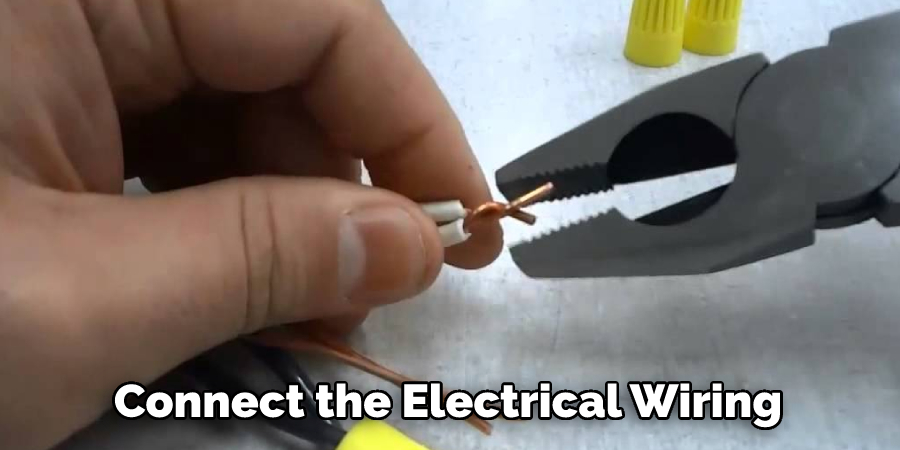
Step 6. Turn On The Power
Turn on the power and let your electric water heater fill up for several minutes before turning it back off again. This will allow any air bubbles caught inside the system to escape. Ensuring optimal performance of your new water heater once it is fully filled up and ready for use.
Step 7. Test Water Heater
Once the water heater is full, it’s time to test it out! Turn on the power and switch your water heater’s temperature setting to a comfortable level before turning on any hot water taps in use within your home. Allow the hot water to run for several minutes and check that no leaks or faulty connections are present. If all looks good, you’re ready to move on to the next step.
Step 8. Insulate Hot Water Lines
Now that everything is connected correctly, it’s time to insulate the hot water lines coming from your new electric water heater with foam pipe insulation. Helping to protect the lines from temperature changes, this step is important for keeping costs at bay and avoiding potential damages due to cold temperatures. Additionally, it can help you save money over time by ensuring your new water heater runs more efficiently.
Step 9. Fill Expansion Tank
If your new electric water heater is equipped with an expansion tank, now is the time to fill it up according to manufacturer instructions. Ensure that all connections are secure before moving on to the next step. Otherwise, skip ahead to Step 10.
Step 10. Turn On The Power & Enjoy!
Finally, turn on the power and enjoy your newly converted electric water heater! With all of these steps completed, you can rest assured knowing that your home’s hot water source is operating at peak efficiency and safety levels. Congratulations – you just completed how to convert a gas water heater to electric like a pro!
By following this guide, you have successfully switched from a gas-powered water heater to one powered by electricity in the most efficient, safe, and cost-effective way possible. Enjoy your new warm shower!
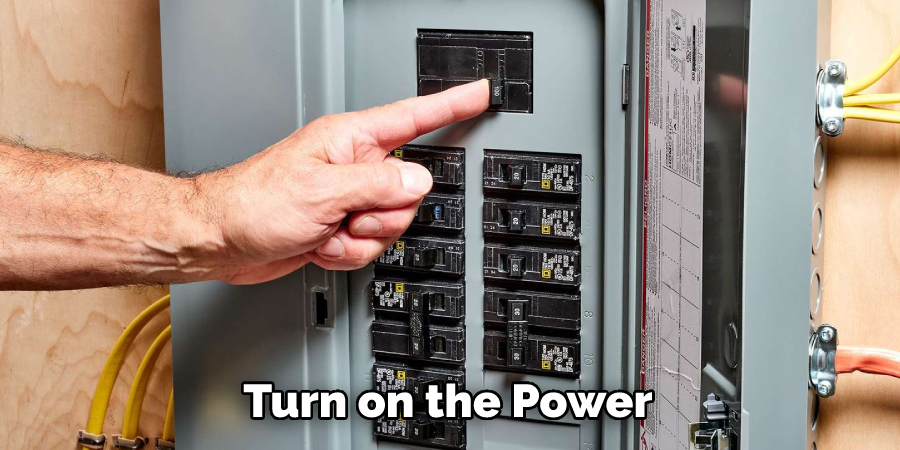
5 Additional Tips and Tricks
1. Make sure that the area you are converting to electric has adequate wiring. This means that you’ll need a dedicated circuit breaker with an appropriate amperage rating for your new electric water heater.
2. Check the existing venting system and make sure it’s in good working order. If not, you’ll need to install a new vent system specifically suited for use with an electric water heater.
3. Consider how much hot water your family needs daily and purchase an appropriately sized electric water heater for your household’s needs. Remember that bigger isn’t always better when it comes to selecting a size; opting for too large of a unit can result in increased energy costs associated with unused warm water sitting unnecessarily in the tank.
4. Since electric water heaters require more electricity than gas units, you should consider how much power your home is capable of supplying and how it may affect your monthly energy bills.
5. Keep in mind that an electric water heater requires a dedicated electrical circuit; if your current setup doesn’t have one, you’ll need to install a new line before you can use the unit.
With these tips in mind, you’ll be ready to convert your existing gas water heater to electric confidently!
5 Things You Should Avoid
1. Do not attempt to convert a gas water heater to electric without the proper safety equipment, such as protective eyewear and gloves.
2. Do not attempt this conversion if you are unfamiliar with correctly installing electrical components or using power tools for plumbing tasks properly.

3. Do not try to convert a gas water heater that is undersized for your home’s needs, as an electric one may be unable to meet your hot water requirements.
4. Do not forget to check your local building codes before attempting any conversion involving different fuel sources (e.g., gas vs. electric).
5. Finally, do not forget the importance of following the manufacturer’s instructions in order to ensure the correct installation and safe operation of your electric water heater.
By following these important tips, you can ensure a safe and successful conversion from gas to electricity for your water heater. Make sure to consult with a qualified plumbing or electrical professional if you are ever in doubt about how to proceed. Taking the time to do it right is always worth the effort!
Which is Safer Electric or Gas Water Heater?
When it comes to safety, electric water heaters are the clear winner. Electric models do not rely on combustible fuels like gas or propane and therefore do not produce carbon monoxide or other hazardous gases. In addition, electric water heaters are much less likely to experience combustion-related issues such as explosions or fires. Finally, there is no need for venting with an electric model so you can rest assured that your home’s air quality will remain uncompromised.
Overall, electric water heaters offer a safer option than gas models due to their lack of combustible fuel sources and the reduced risk of potentially dangerous incidents that could occur from improper use. When considering converting a gas water heater to electric, keep safety in mind and consult a qualified professional to make sure your conversion is completed correctly. With the right precautions, you can enjoy the benefits of an electric water heater without compromising safety or air quality.
Conclusion
After following these steps, you can successfully convert your gas water heater to electric. While it may seem intimidating and complex at first, you can get the job done with little difficulty by carefully understanding the differences between a gas and electric water heater and preparing accordingly. Plus, when the project is complete, you’ll save money on energy bills in the long run!
Taking on a project like this slightly outside of your comfort zone can be an incredibly rewarding experience, as it expands your knowledge and can give you some valuable insight into home repairs.
All in all, how to convert gas water heater to electric involves more than just plugging it in and flipping a switch – but if you do everything right, then soon enough, you’ll have an efficient water heater that will last for years down the line!

